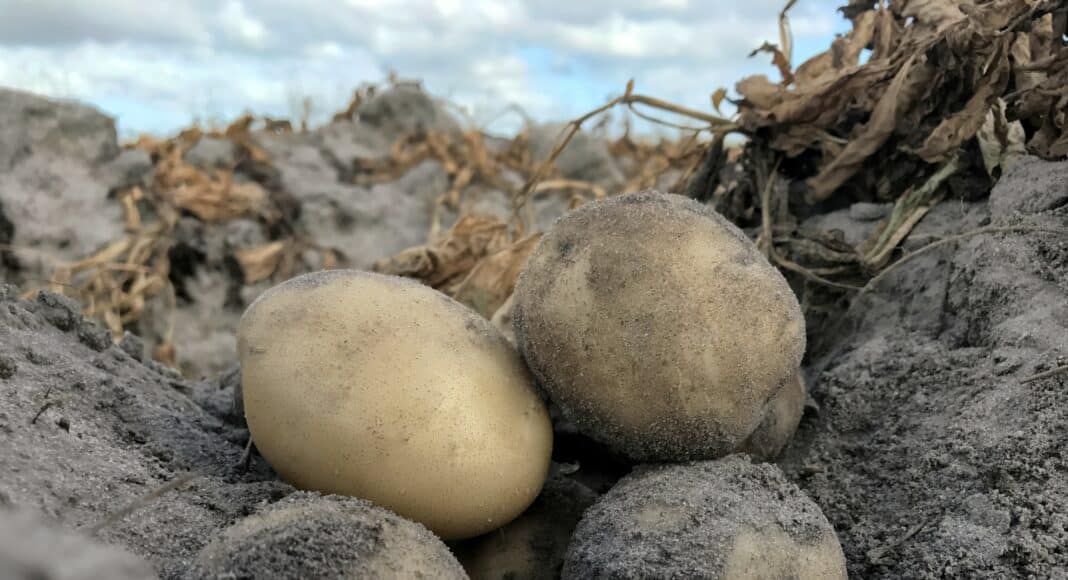Back a handful of years ago, we started trials of Strike, a chloropicrin-based soil fumigant, on a large-scale potato farm in the Pacific Northwest that grows processing varieties. The acres achieved remarkable gains and the operator of the farm, we’ll call him KJ, now uses Strike routinely across the multiple 1,000’s of acres he grows. Since the most useful advice of all is from one farmer to another, I reached out to him asking if he’d share his experiences via a grower panel at last December’s Potato School. His response? NOT A CHANCE!
As KJ said: “Am I willing to share what’s worked for us? Heck no. It’s my competitive advantage. Ultimately, potato growers are all in competition with each other. Strike lets me grow more yield and better quality than the guys down the road or – since it’s a global market – in another state or country. The longer I can keep that edge to myself, the more money I make.”
Until starting with Strike, KJ struggled with the fumigation decision. On the one hand, metam sodium’s unselective ‘kill all’ nature impacted his soil health in all kinds of negative ways. On the other hand, not fumigating at all caused a nightmare scenario of pathogen build-up and disease loss. Strike proved to be the change he needed.
Today, KJ uses Strike each fall on all of the upcoming season’s potato acres. In simple terms, the active ingredient chloropicrin manages the bad and supports the good. Strike is extremely effective against the major potato soil-borne diseases (verticillium – aka potato early die – and common scab). Meanwhile, it promotes the populations of beneficial fungi and bacteria that are so critical to soil health. Trials from 2021 showed the beneficial fungi Trichodermaincreased 100-fold following a chloropicrin application. Likewise, populations of the important root colonizing bacteria Bacillus and Pseudomonas jumped, as did other populations of nutrient recycling microbes called saprophytes.
Strike offers other benefits. It increases the impact (and financial return) of other soil-health efforts, especially cover cropping: the ultimate in one plus ones equals more than two. It can also reduce passes through a field, eliminate applications of certain in-crop inputs, and increase the efficiency of fertility programs and other inputs. KJ hills and fumigates in the fall, then plants directly into those hills in spring, allowing an earlier start to planting, decreasing spring management, and retaining hill moisture.
While KJ tells me he’s keeping the Strike ace firmly up his sleeve, I’ve noticed some of his neighbours’ acres now look notably healthier and less stressed too. Sounds like KJ isn’t quite as good at keeping his Strike secret as he’d like to be…








